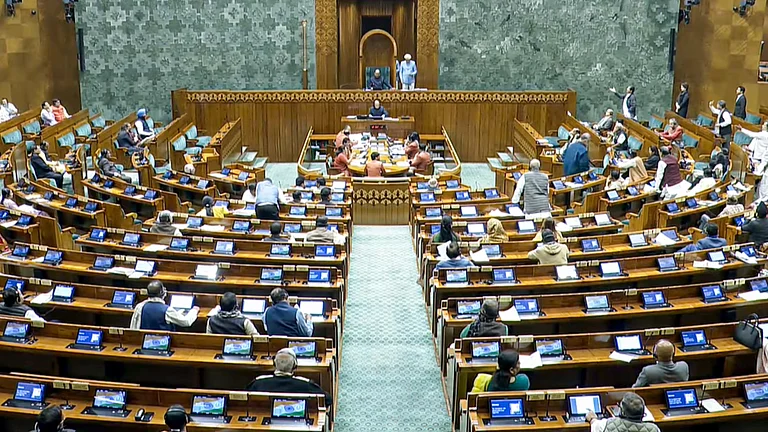Before the slowdown narrative caught our attention, the focus was on competitive federalism. States competed to attract funds and investment, which facilitated efficiency in administration and enhanced developmental activities. Healthy competition strives to improve physical and social infrastructure within the state.
The state governments over the years realised that it is very important to create assets and thereby contribute to the expenditure and development of the state. It is crucial for states to incur expenditure towards capital projects as it results in enhanced revenue receipts in future and has implications on growth and welfare of the economy.
There are 30 states and union territories that raise money from the debt market for such activities. States’ capital expenditure can be classified as developmental and non-developmental. Developmental expenditure (i.e. expenditure towards social and economic services) captures the evolving role of state governments towards economic and social development of the economy while expenditure incurred towards general services is mainly administrative in nature and is perceived to be non-developmental.
Since FY14 there has been a decline of ~2 per cent in the overall capital expenditure from various state governments for asset creation. Over the last 5-6 years, the cost of debt has reduced in line with repo rates. The states have curtailed their fiscal deficits over the past couple of years. However, the state bond yield gap versus G-Sec has expanded to ~71bps. States do not have a cushion like the RBI, PSU dividends or disinvestment which the centre turns to in time of need to meet the fiscal deficit target. Weak revenue growth is curtailing expenditure growth. The Central government has promised a 14 per cent GST revenue growth to states, the GST cess shortfall will need to be borne by the central government.
The cumulative state government borrowing during the last 5 years has gone up. These borrowings are largely utilized for expenditure towards transport, irrigation and flood control, energy, water supply and sanitation and rural development which accounted for over 65 per cent of the total capex undertaken by states. Slowdown has impacted the revenue collection of states. Direct taxes of states, stamp duty collections are highly correlated with construction activity. A slowdown in the construction sector might impact stamp duty collections.
A major challenge for state government finances going forward would be to adhere to the budgeted capital spending and revenue generation targets and yet trying to maintain the pace of development.






























